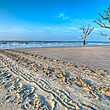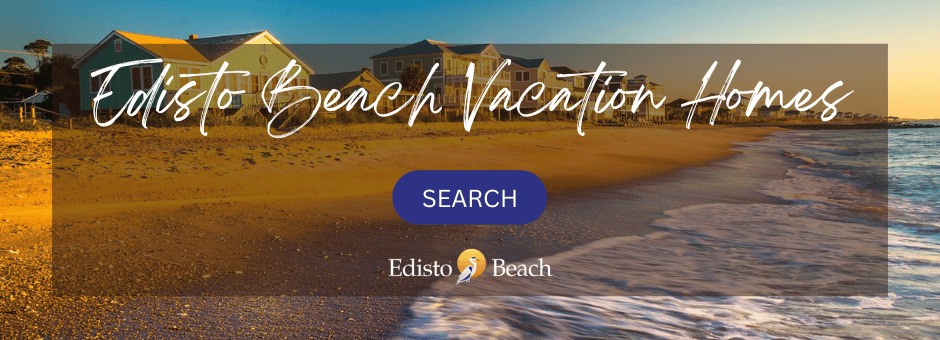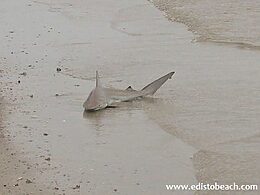There are some things that are worth waiting for and on Edisto, one of those things is a rare sighting of a bald eagle.
Much of the time, visitors in the area are so engrossed with the abundant marine life that they forget to look closely at what might be perched on the highest branch of a pine tree. Many people who have lived on Edisto for years have never gotten a chance to see the bald eagles in the area, but theyre out there.
Like all of us who love Edisto, bald eagles choose to live near water. They make their nests in the tallest of trees along the banks of lakes, rivers, and creeks. When compared to the typical birds nest, the nest of a bald eagle is epic.
In the ACE Basin, some of the nests are more than 10 feet wide. This is because bald eagles continuously add to their nests during breeding season and when those nests are undisturbed, they have the potential to become very large.
Now that it is November, the bald eagles in the area are about to begin laying their eggs. The nesting area for these birds is short and ends in the first part of January. However, this is the perfect time to get a look at one of these birds. The adult bald eagle is recognizable by its white head and darker body whereas young eagles are monochromatic until they reach maturity.
Whats interesting about the nesting season of the bald eagle is that both the male and female eagles incubate the eggs. Whats even more interesting is that bald eagles mate for life and in doing so maintain a relationship, which is perhaps why the male eagle will tend to the eggs.
After 35 days, the eaglets hatch and spend the remainder of the winter in their nest. By the time spring rolls around, the young eagles migrate north, but return to the south just before nesting season in the fall.
Bald eagles, like Loggerhead turtles, always return to the area where they were born to nest. Edisto Island, along with the rest of the ACE Basin, accounts for 40% of the entire bald eagle population in South Carolina, which makes this area especially important to the South Carolina Department of Natural Resources.
Officials from DNR study, track, and care for the bald eagles, which are a federally protected animal. It is illegal to hunt, trap, kill, poison, wound, or otherwise harm the bald eagle or disturb a bald eagles nest. In addition, it is illegal to possess any part of a bald eagle, dead or alive, including feathers and talons. Any abuse of bald eagles can be reported by calling 1-800-922-5431.
Thankfully, most people in the area respect the wildlife and appreciate how it adds to Edistos natural beauty, so the eagles here are free to safely fly from tree top to tree top where they gaze down upon the creeks, streams, and marshland that we all enjoy.







